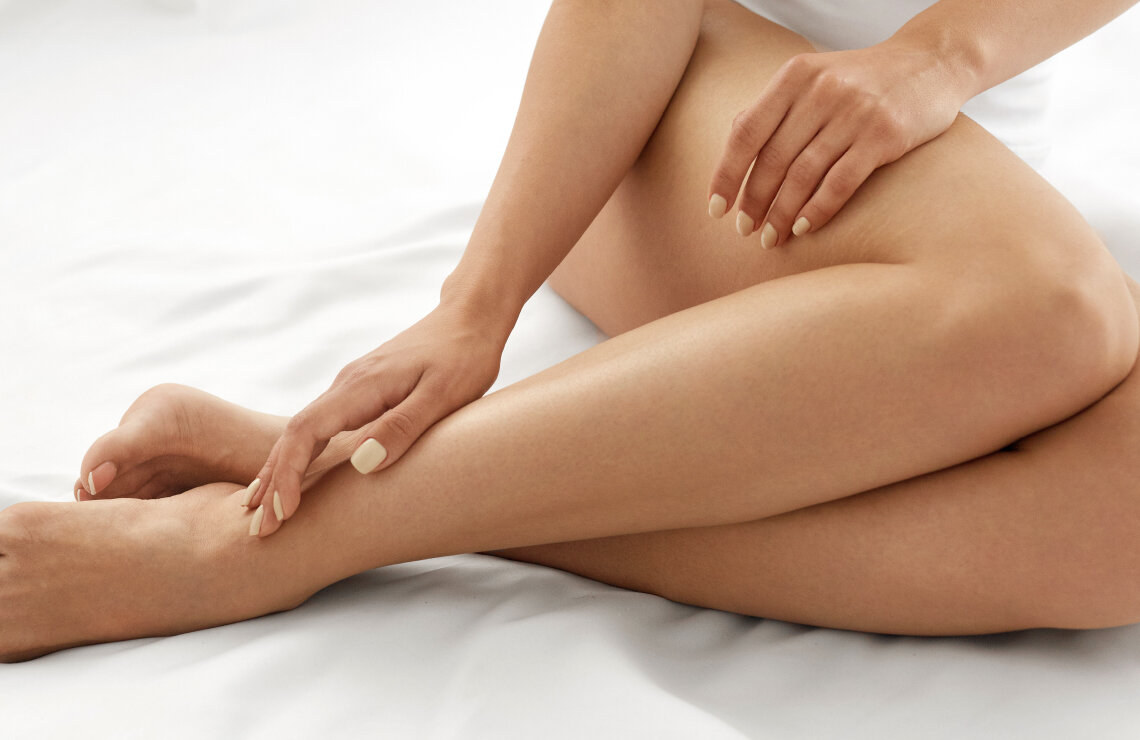
Myths about varicose veins and their treatment
When the blood circulation in the leg veins is impaired, varicose veins continue to progress and manifest with symptoms such as leg swelling, fatigue, cramps, skin darkening, enlarged veins, or non-healing trophic ulcers.
Arūnas Grinkevičius, a vascular surgeon at Kardiolita Clinics in Kaunas, reminds us that the less advanced the disease is, the easier the treatment, the easier the post-operative period and, of course, the better the aesthetic appearance. However, there are still many myths about varicose veins in society, which often lead people to seek medical attention late.
Myth: Leg vein disease is only a beauty problem.
Often women go to the doctor concerned about the beauty of their legs because varicose veins cause dilated blood vessels, swellings or lumps. However, as the disease progresses, painful hardening of the veins occurs, ulcers open up in the calves, severe infections can occur, and in the case of deep vein thrombosis, thrombi travelling to the pulmonary arteries can lead to pulmonary embolism, resulting in sudden death.
Myth: The earlier the veins are operated on for the first time, the greater the chance of recurrence.
Recurrence of the disease can be caused by certain individual anatomical characteristics of the patient, by progression of the disease in other branches of the veins that were healthy at the time of the operation and did not require intervention, and by recurrence rates of up to 10%, which are minor and do not represent a serious complication for the health of the individual.
Myth: After treatment, legs ache and it is difficult to get back to your normal daily routine.
The return to normal life depends largely on how far the disease has progressed and the patient's co-morbidities or health problems. After laser treatment, patients can return to their daily routine after 1-2 days, whereas after surgery, the post-operative period often lasts up to 2-4 weeks.
